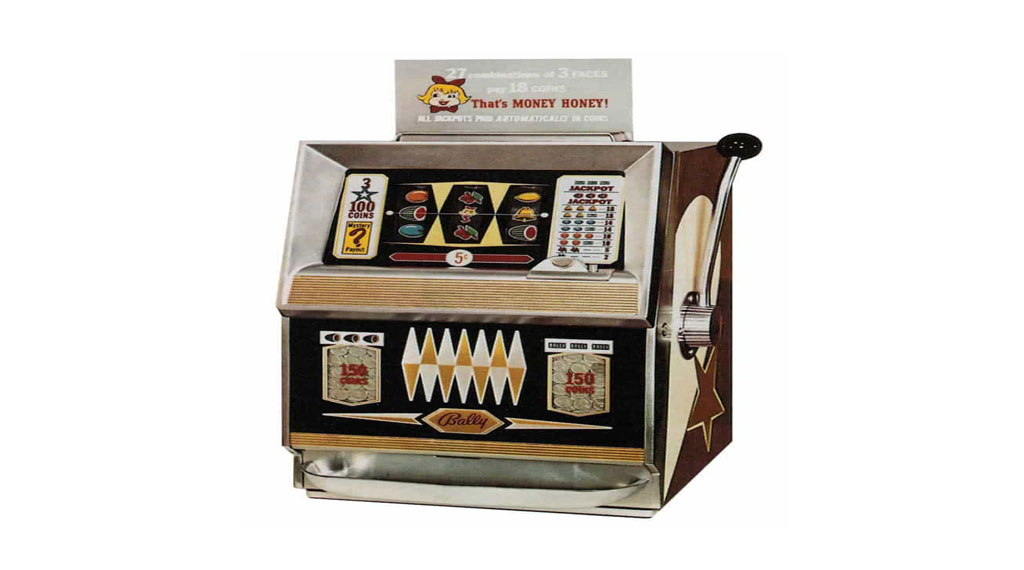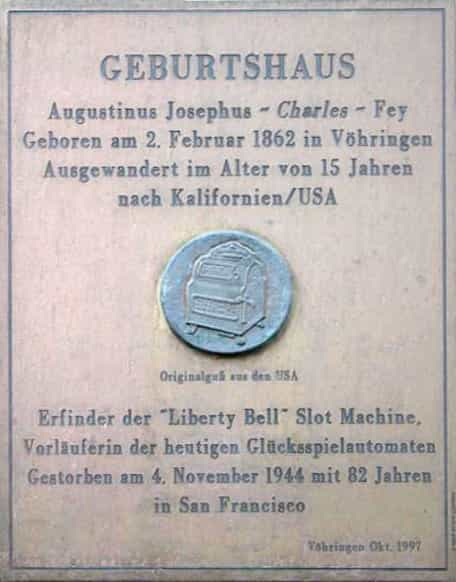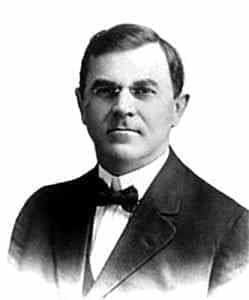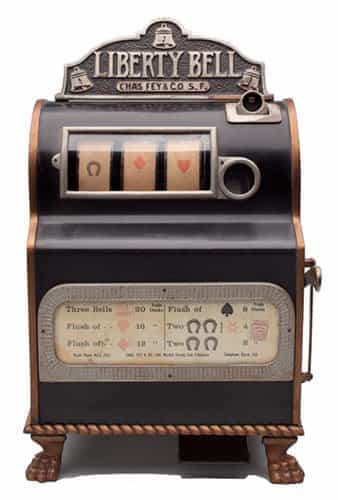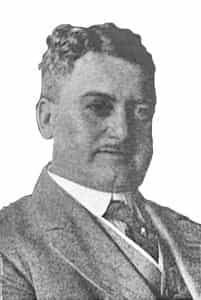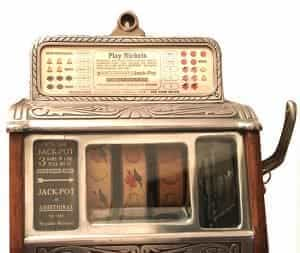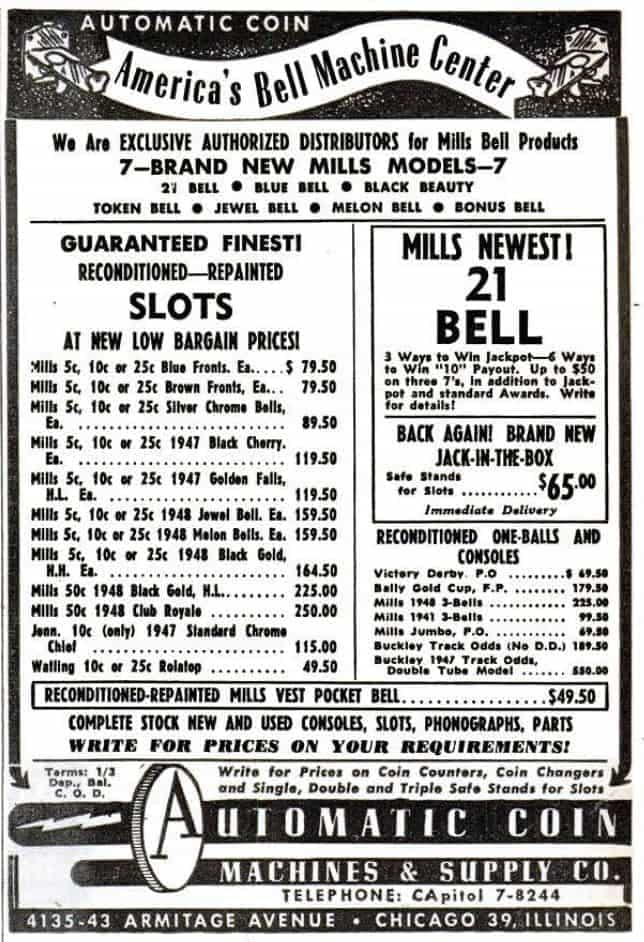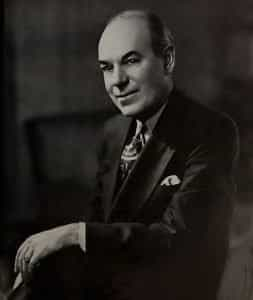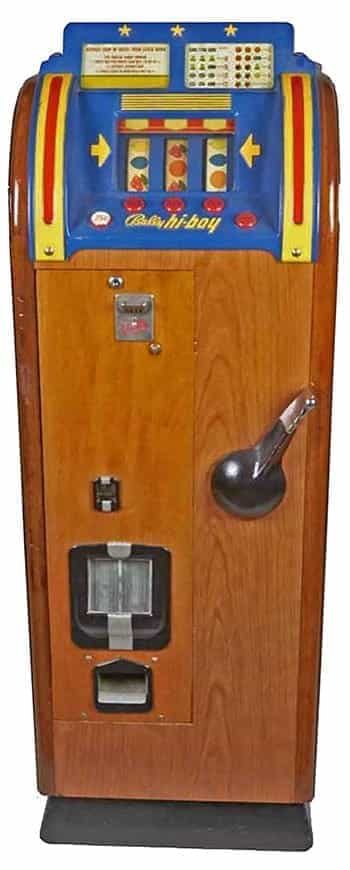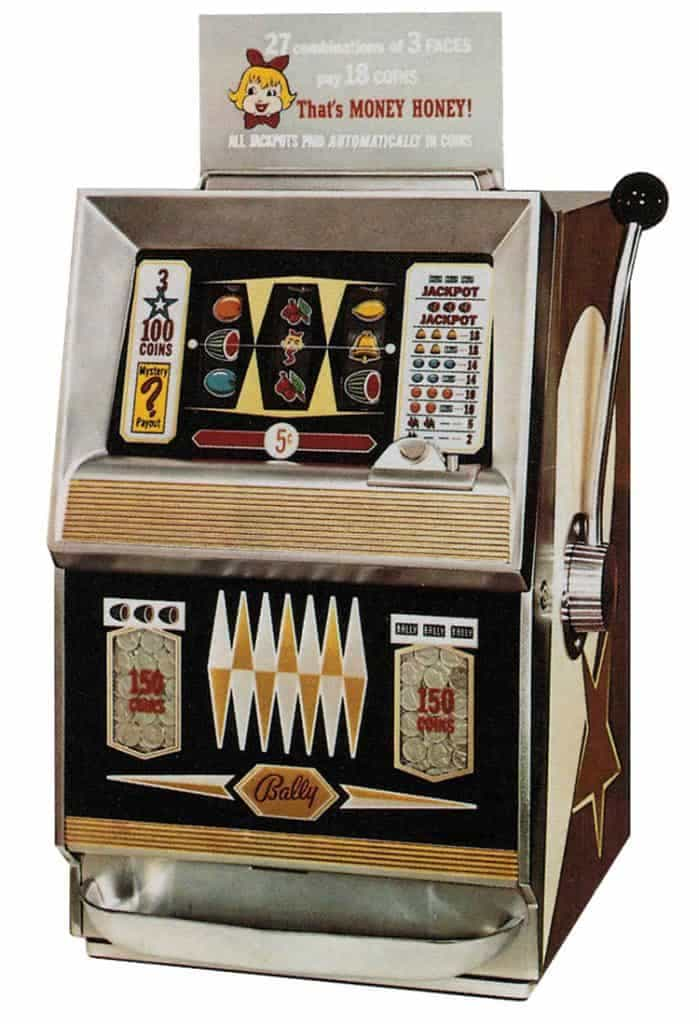Schultze's fortune-telling machine
Schultze describes it in his patents roughly as follows: "my invention is a device in which a disk rotates by the insertion of a coin" and " the purpose of my invention is to provide an interesting machine, in which, if a predetermined result is achieved, the inserted coin is returned to the user.’
The characters on the disc can be anything, Schultze adds. He himself gives in his patent the example of fortune-teller Grumentenmaker Charles A. Fey.
From Fortune Teller to fruit machine
Gambling is as old as humanity. It is therefore not a crazy thought of Fey. He takes a device from Schultze as a basis and makes his first slot machine with it in 1894. Fey is not the inventor of the slot machine, but the creator of an application.
Fey works at California Electric Works in San Francisco. There he gets to know Theodore Holtz, who has been a company manager there for ten years and, like himself, a German zodiac..
A year later, Fey builds a second machine in his basement, also based on Schultze's Horseshoe. He calls it the 4-11-44, after popular numbers from the illegal lottery world. The device consists of three numbered dials. With 4-11-44 in a row, you get the highest payout.
